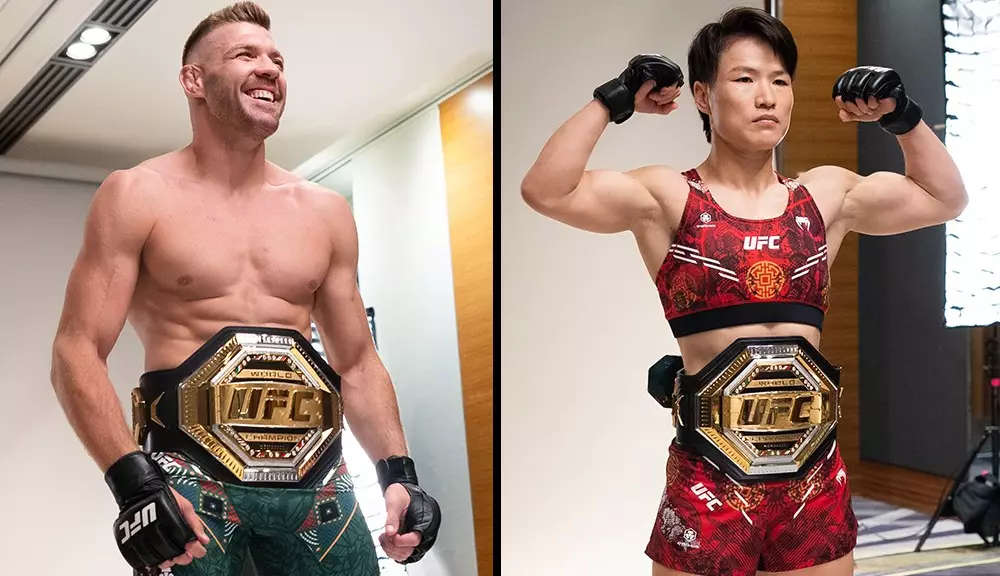The recent UFC 312 event, held at the Qudos Bank Arena in Sydney, showcased not only the exciting matchups typical of the promotion but also highlighted the intricacies of fighter compensation under the UFC Promotional Guidelines Compliance (PGC) program. A total payout of $254,500 was distributed among athletes, emphasizing a shift towards a more structured financial framework for fighters. Instead of the prior UFC Athlete Outfitting Policy, which was relatively straightforward, the PGC program integrates various aspects of athlete sponsorship, branding, and compliance that have become pivotal in modern mixed martial arts.
The PGC program represents a sophisticated approach by the UFC to standardize fighter compensation based on experience and performance in the octagon. This tiered system rewards fighters based on their number of UFC bouts, as well as previous performances in the WEC and Strikeforce, which were part of the Zuffa management era. For instance, the payment breakdown shows that those with 1-3 fights earn a base of $4,000, while champions can command up to $42,000. This gradual increase in financial reward provides an incentive for emerging talent to strive for longevity and success within the UFC framework, which is vital for its growth and sustainability.
One of the notable advancements of the PGC is its transparency in payout allocations. Fighters like Dricus Du Plessis and Zhang Weili each received substantial payouts of $42,000, while newcomers had varying amounts reflective of their experience levels. This structured payout not only offers financial rewards but reinforces the UFC’s commitment to fighter welfare. Moreover, the inclusion of royalties from merchandise sales further elevates the earnings potential of athletes, fostering a sense of shared success between the organization and its fighters.
Much of the financial backbone of the UFC PGC stems from a lucrative multi-year sponsorship with Venum, highlighting the importance of corporate partnerships in sports. This collaboration enables the UFC to channel significant funds into a system that compensates fighters, yet it also begs the question: how equitable is the distribution of these resources? While fighters are generously compensated at various levels, scrutiny remains over how sponsorship revenues translate into earnings. It is critical for the UFC to continuously assess and adapt its compensation model to guarantee that all fighters, irrespective of their status, receive fair treatment.
The implementation of the UFC Promotional Guidelines Compliance program marks a significant progress in the professional landscape of mixed martial arts. By intricately linking fighters’ experience and branding incentives to their earnings, the UFC is not only pushing the boundaries of fighter compensation but also setting a new precedent for how combat sports can implement equitable pay structures. As the organization continues to evolve, it remains essential to ensure that all athletes feel valued and fairly compensated for their contributions, elevating the sport as a whole.

